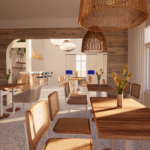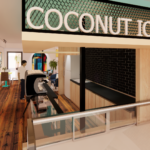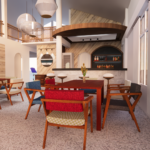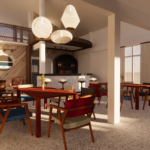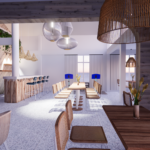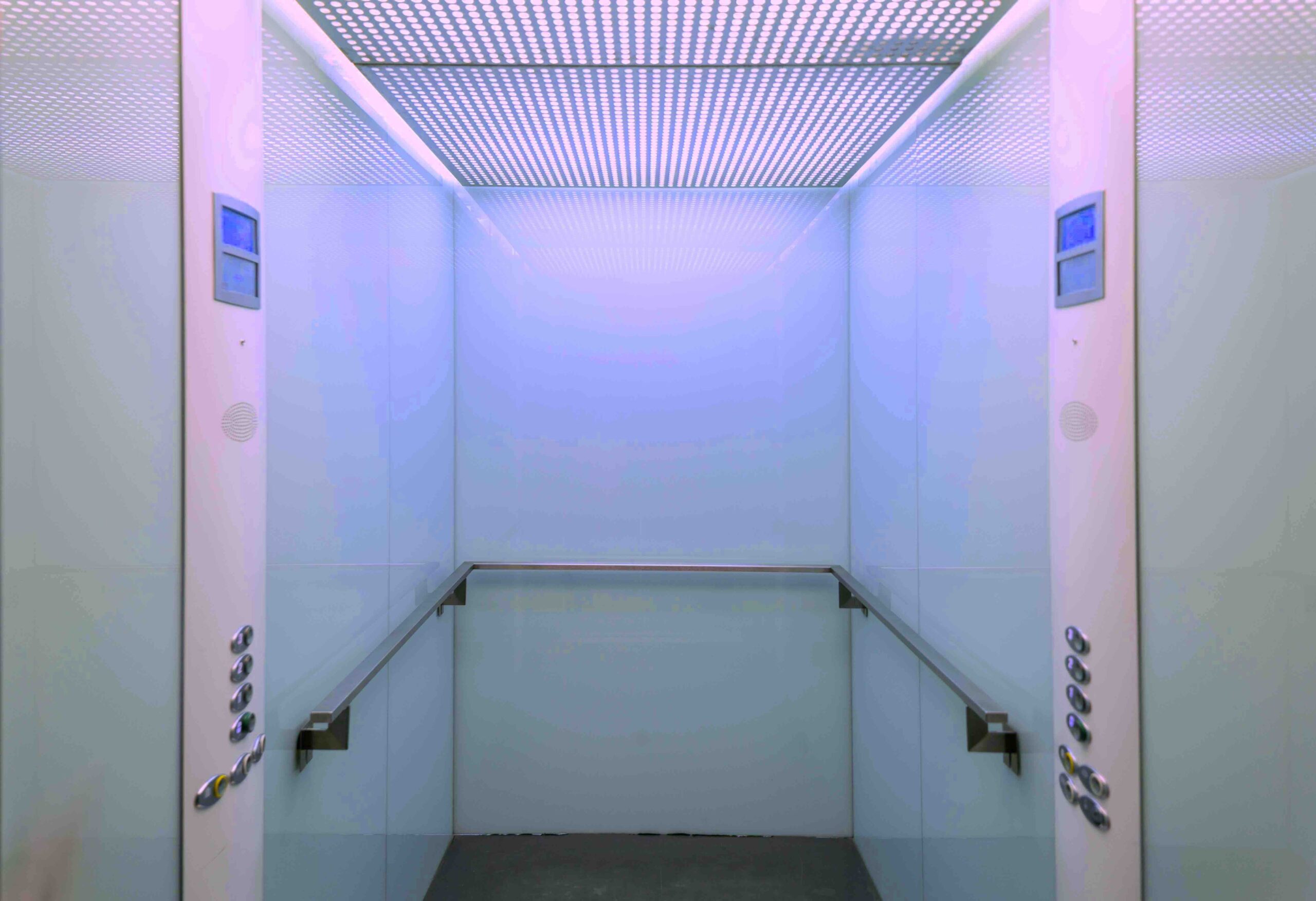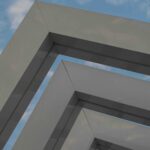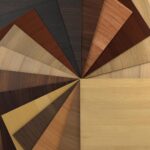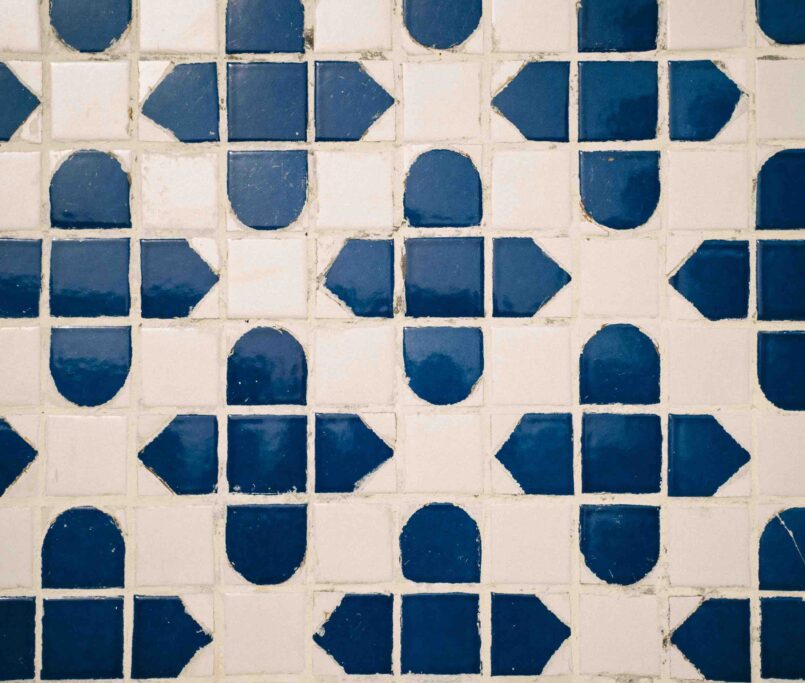Smart elevator solutions are becoming increasingly relevant for luxury tropical villas, particularly in hillside locations across Koh Samui where steep terrain can complicate accessibility and with an increasing number of people retiring here.
Whether you’re designing a new villa or upgrading an existing one, a well-integrated elevator can enhance both convenience and long-term functionality, without compromising style or spatial efficiency.
Why a Hydraulic Elevator Works Well in Tropical Villas
Hydraulic elevators are especially well suited to tropical residential settings. Unlike cable-driven systems, they do not require an overhead machine room, making them ideal for villas with limited roof height or compact footprints. Their quieter operation and smooth ride also contribute to the sense of calm and comfort expected in high-end tropical homes.
From an architectural standpoint, this flexibility allows you to locate lifts closer to bedrooms, terraces, or common areas — minimising disruption to the floor plan.
Material and Energy Considerations
For humid climates like Koh Samui, stainless steel elevator cabs offer significant advantages. They are far more resistant to corrosion and wear than powder-coated or painted metal options, especially in sea-facing or poorly ventilated locations.
Newer models also incorporate low-energy motors, typically around 1.5 kilowatts, which help reduce overall electricity consumption. Over time, this makes a noticeable difference in energy efficiency, particularly in villas that remain occupied year-round.
Planning for Longevity and Access
Beyond immediate convenience, installing an elevator also adds long-term value. For ageing residents or multi-generational households, elevators improve daily usability and reduce mobility challenges. They can also be a selling point in future resale, especially as buyers increasingly prioritise accessible, future-proof homes.
From a design perspective, planning ahead is essential. A shaft of 1.2 x 1.2 metres is sufficient for most compact residential lifts, though additional space for control panels or emergency exits may be required depending on the model. It’s always best to integrate this early in the design phase.
Pro Tip: Even the best-designed elevator needs regular attention. Schedule maintenance checks every six months to ensure safe, reliable operation and to prevent costly repairs caused by moisture or electrical faults.
Sustainable Elevator Features
For those concerned about sustainability, some lift manufacturers now offer systems with recyclable components, low-emission hydraulic fluids, and standby energy-saving modes. These features can help align your build with broader environmental goals, especially in eco-conscious villas aiming for a lighter footprint.
Interested in more tropical villa design strategies? Browse the Architect Samui blog for insights, or contact us to discuss your project.
You can also follow Nay’s work over on the YouTube channel for more accessible design advice tailored to island living.

